There is far more to Irish culture than drinking on St. Patricks day. Why not sample the nation’s favourite sport instead?
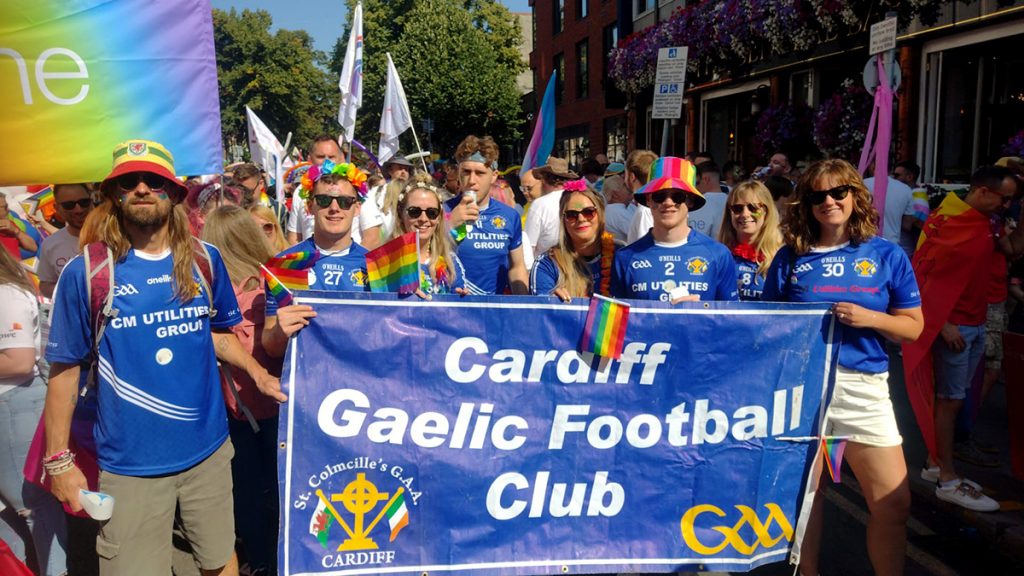
When you think of St. Patrick’s day, a cold pint of Guinness, a packed pub, and the hum of a fiddle and bodhrán is probably what comes to mind.
Yet tucked away in Pontcanna in a local parish hall, the faint whimper of an Irish accent cuts through the cold early spring evening.
There you will find that preparations are well and truly underway for this year’s championship, as the Irishmen and women of Cardiff work hard to get themselves up to fitness for what is to come.
“The GAA is the heart of the community, it brings everyone together to work toward a common goal all while building a sense of place, identity, and belonging,” said Rory Mckenna Gloucester county chairman and manager of St. Colmcilles Gaelic Athletic Association club in Cardiff.
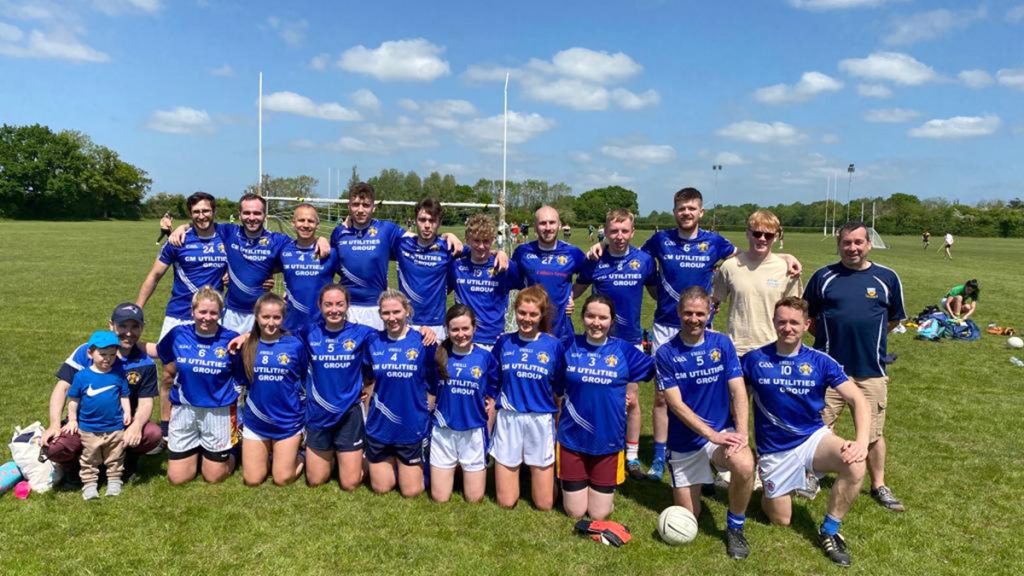
“It’s an amateur sporting organisation that consists of the sports of Gaelic football, hurling, and handball and it was set up as a way of maintaining and strengthening Irish culture while under British rule,” he said.
The club has had a presence in Cardiff for almost 70 years, like all GAA clubs outside of Ireland, it provides a point of reference for the Irish diaspora within the city.
“In Cardiff, we are the focal point for any Irish people that have moved to the city and want a chance to connect with people, we all know how hard it can be trying to settle into a new place,” said Rory.
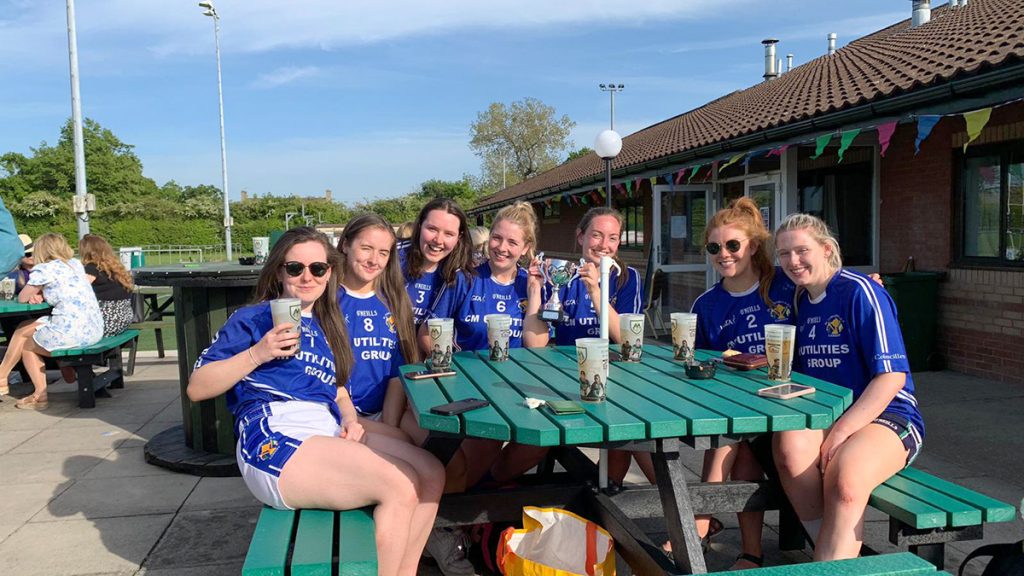
“We are here to be availed of by anyone from any background who is interested in belonging to a great club, you will be supported in every way in picking up the skills.”
The GAA is set up on a community basis in which the best players are selected for the county teams to play in the provincial and all-Ireland championships, attracting up to 82,000 people for the biggest games.
The main sports of hurling and Gaelic football have their roots in the ancient Celtic games, hurling being almost 3000 years old. Both games consists of 15-a-side teams, playing into a rugby-like goalpost, a goal being worth three points and a point being worth one.
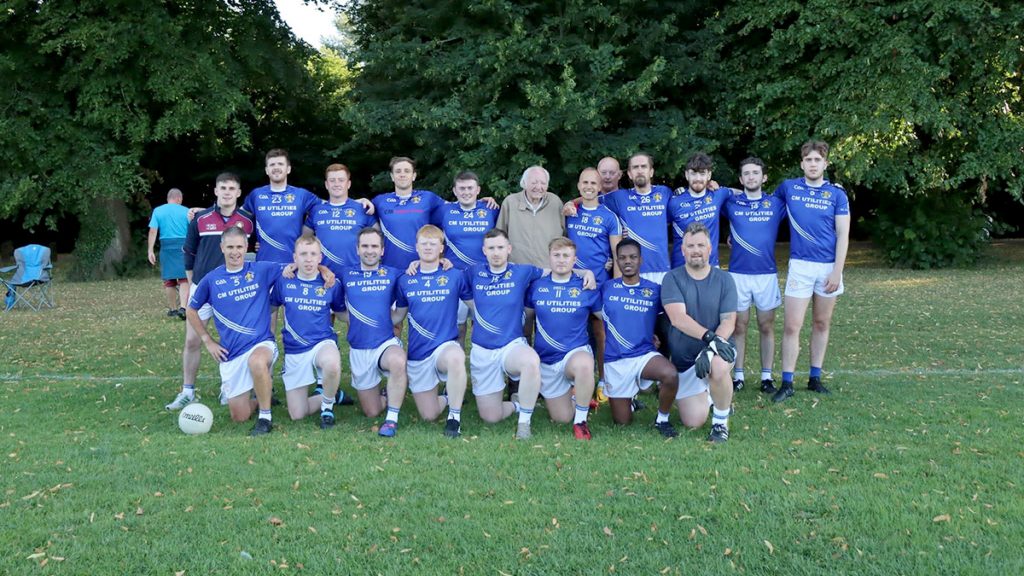
In Britain and across the world, the Irish diaspora have brought with them their native game wherever they set roots. Today, the UK boasts 83 clubs, with regional and national championships played every year.
Historically the Celtic connections have always been strong between Wales and Ireland and this is seen in the long-standing Gaelic sporting tradition within the city.
“St. Colmcille’s was originally set up in 1956 as a hurling club by Irish people who had emigrated for work,” explained Rory. “We play in the Gloucestershire Championship and managed to do 4-in-a-row during the 2000s.”
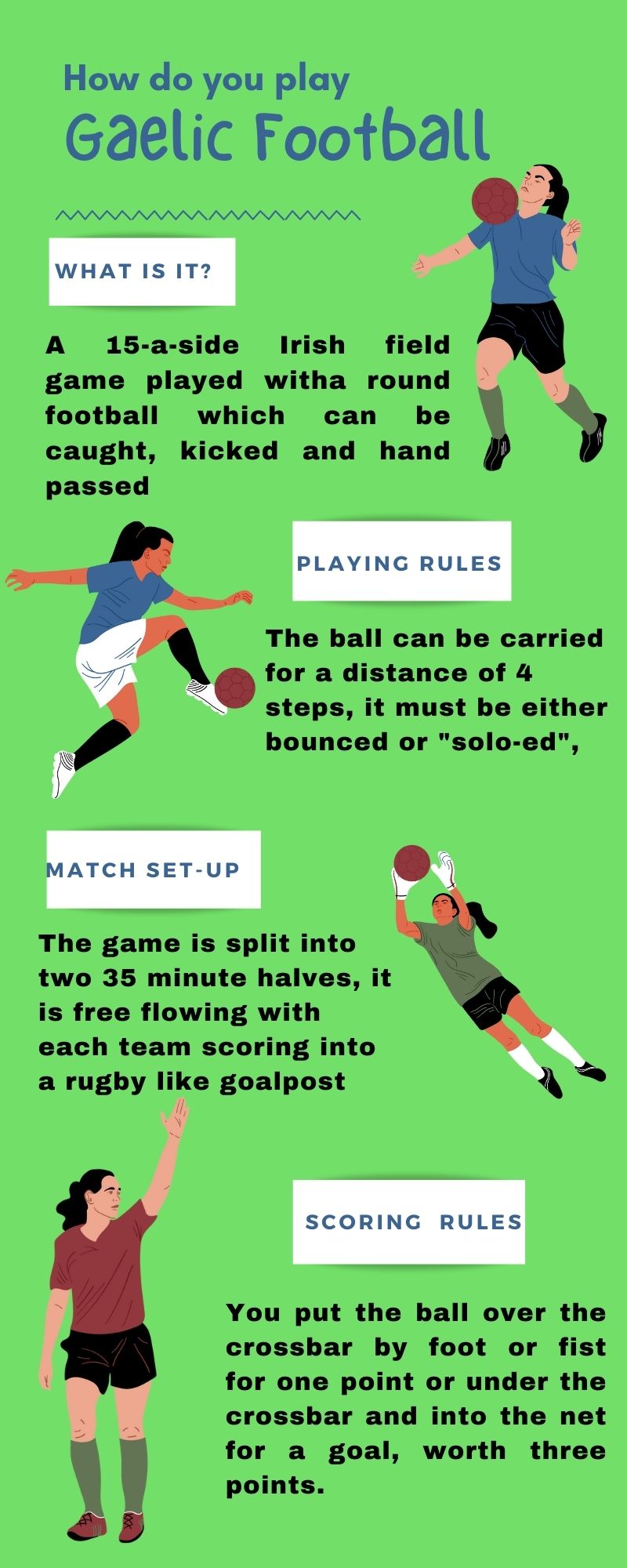
“Today we have a group of about 70 players across the men’s and women’s teams, ranging from people who enjoy the fitness side to others who simply want the social aspect,” he said.
Despite the club being a strong Irish force within Cardiff since 1956, it is constantly burdened by challenges.
“It would be a lot easier back in Ireland to manage a team or be involved in a local club, the problems would be maybe leaving people off the teams instead of having to constantly recruit.”
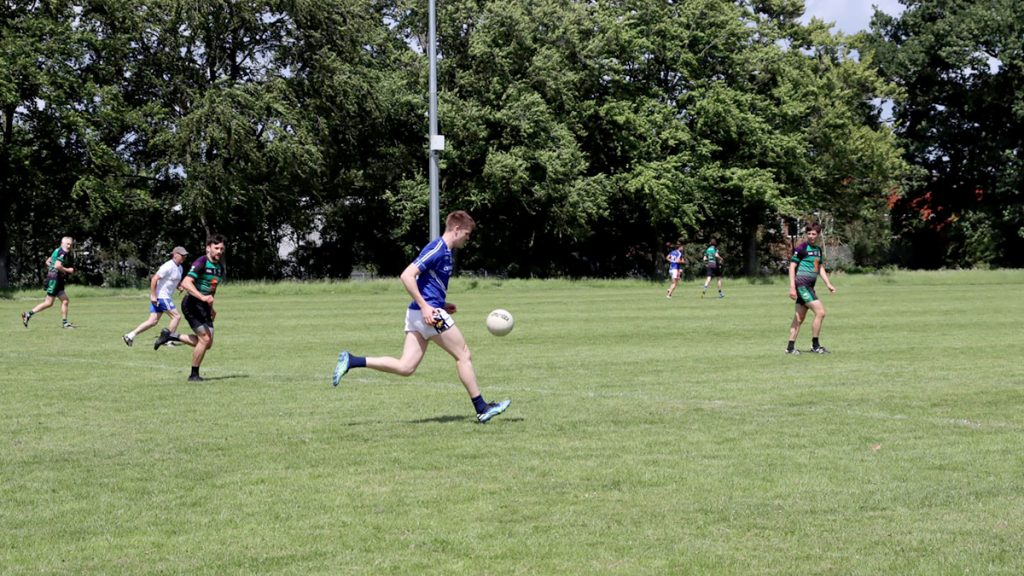
The community orientation and design central to the GAA has also been an enormous obstacle for the club to try to overcome.
“Our single biggest challenge is the recognition of the sport among locals because the community is at its heart and that connection is why it is the main sport in Ireland,” said Rory.
“Despite that, there is nothing more satisfying than seeing locals unfamiliar with the games previously, take it up and realise there’s a unique team sport on their doorstep combining cardio, ball skills and physicality all while bringing people from every corner of Ireland together.”
Aside from the GAA, there are other cultural events that take place weekly in Cardiff including traditional music sessions every second Sunday in the Albany pub in Roath as well as an Irish language group that meets regularly.
The club trains every Tuesday evening and Saturday morning, more information can be found through their Facebook or Twitter.
